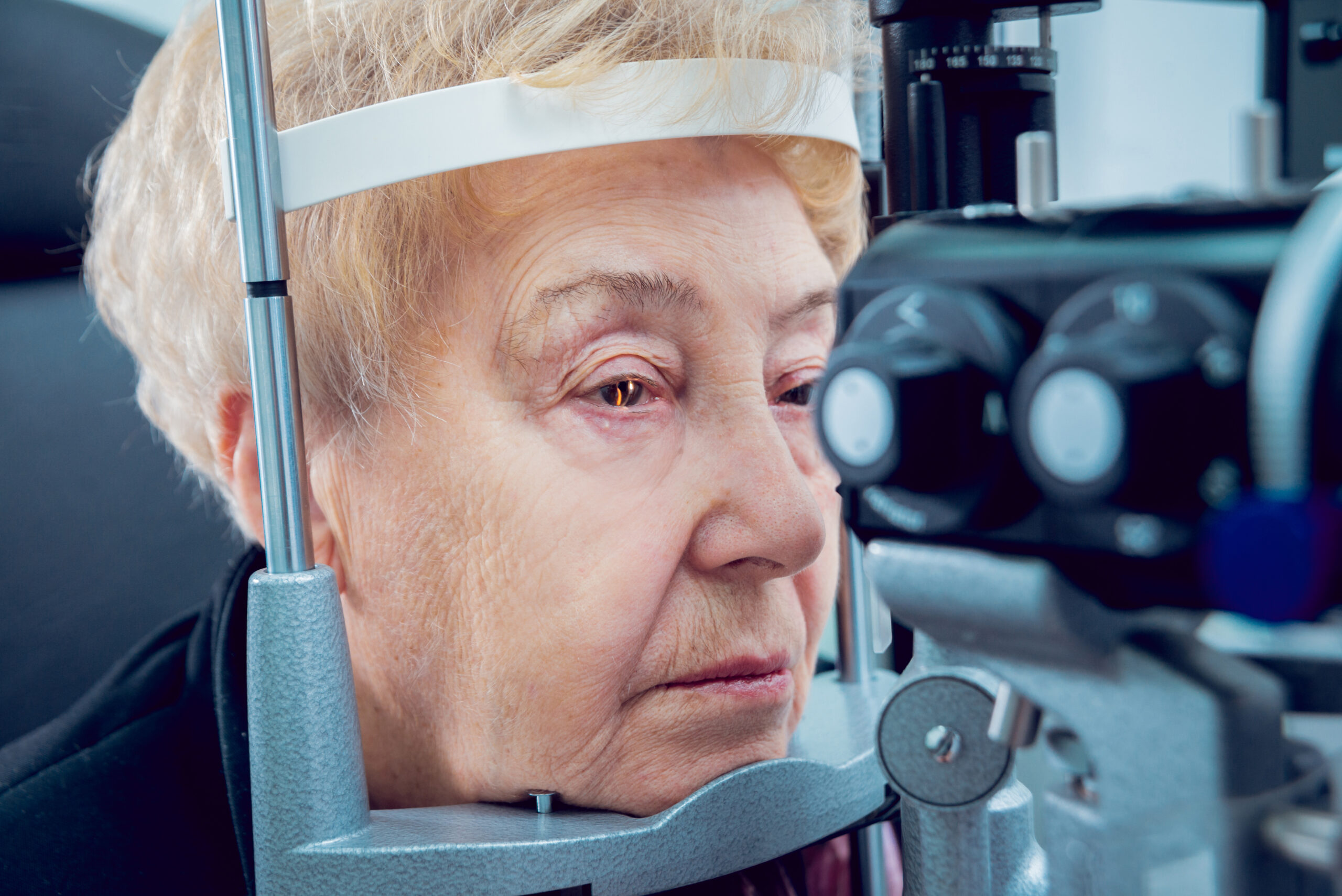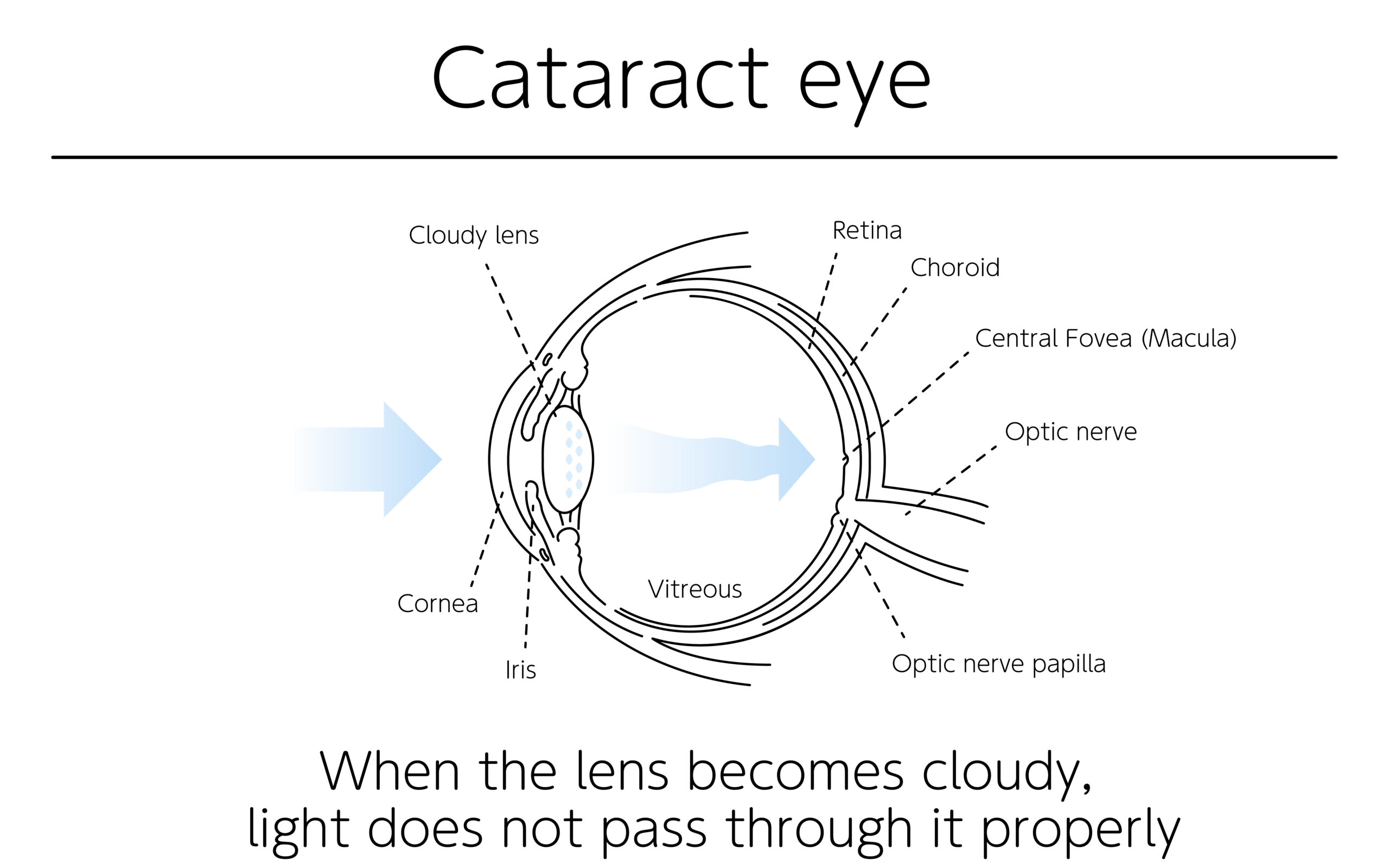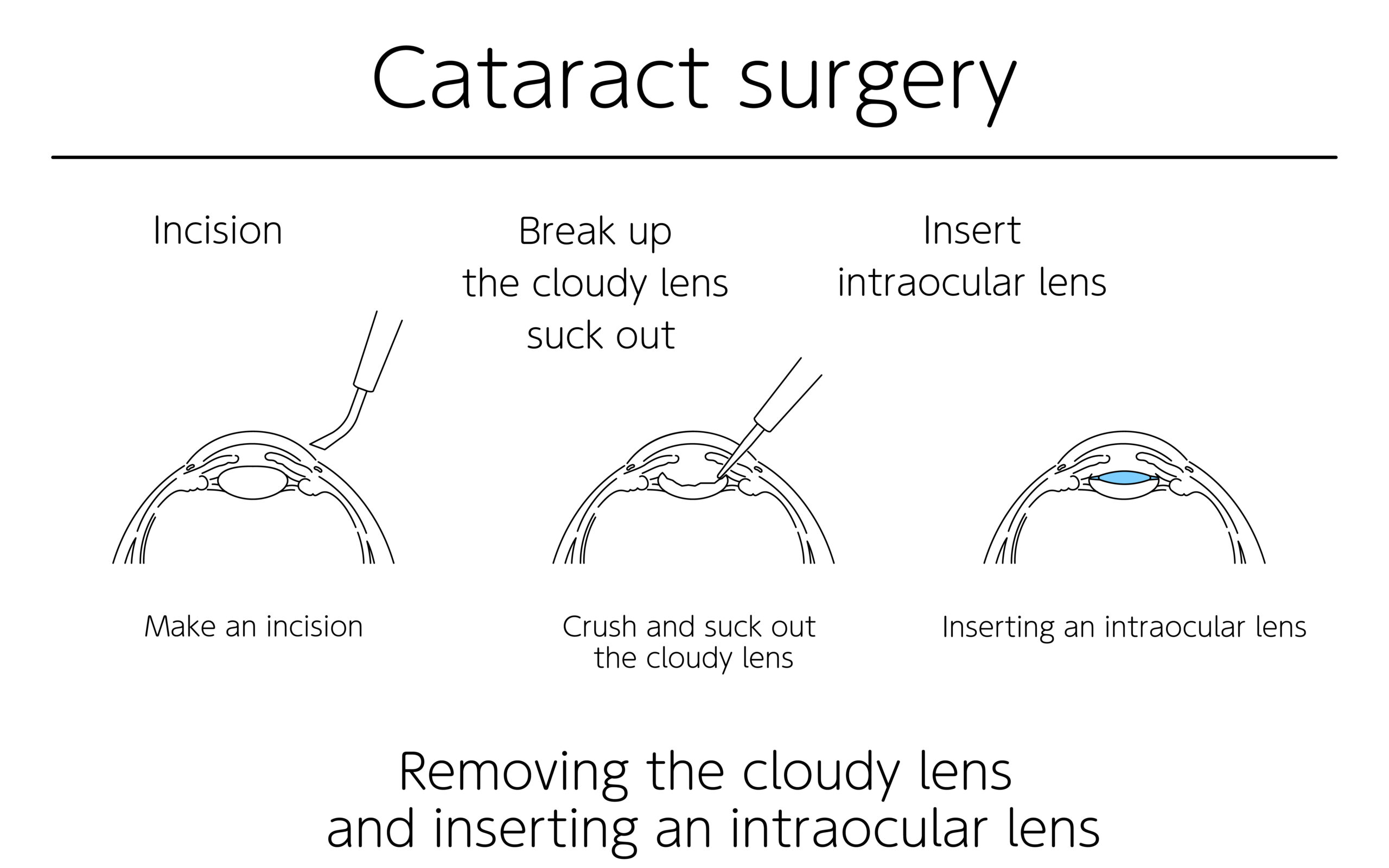Understanding A Global Vision Crisis: Cataracts
(Posted on Tuesday, October 3, 2023)

Consultation with an ophthalmologist. Medical equipment. Coreometry
This article was published on Forbes on 9/29/2023.
This story is part of a series on the current progression in Regenerative Medicine. This piece is part of a series dedicated to the eye and improvements in restoring vision. It also marks part one of a four-part series on cataracts.
In 1999, I defined regenerative medicine as the collection of interventions that restore to normal function tissues and organs that have been damaged by disease, injured by trauma, or worn by time. I include a full spectrum of chemical, gene, and protein-based medicines, cell-based therapies, and biomechanical interventions that achieve that goal.
Our eyes support the most significant of our senses: sight. Sight informs a large percentage of how we perceive the world around us. It is also one of the most poetic senses, yet some things can create a cloudy haze that obscures our environment.
One of the most prevalent causes of foggy and hazy vision is cataracts. In the US, cataracts affect over 24 million people. According to the World Health Organization, approximately 65.2 million people have cataracts globally. However, the outlook of a cataract diagnosis is still manageable with current and future treatment options like surgery and novel gene therapies.
Clarifying Cataracts
Cataracts are a disorder that clouds the eye and thoroughly obstructs vision. It does this by impacting the lens in the eye. The lens consists mainly of water and proteins. As we age, the protein in the lens may clump together and form cataracts.

Illustration, Cataract eye, Medical Illustrations.
Vision issues often present themselves in various ways, with symptoms that can develop gradually over time or occur suddenly with visible changes. These symptoms can subtly affect eyesight, causing blurry vision and difficulty seeing clearly at night or even leading to double vision, which may occur in one eye.
Additionally, colors that used to be bright and vivid may appear faded and less vibrant, indicating a possible vision issue. However, with numerous treatment options available for cataracts, those experiencing vision problems can find relief and regain clear sight.
Various factors, such as prolonged exposure to ultraviolet sunlight, diabetes, smoking habits, physical injuries, accidents, and specific medications, influence the formation of cataracts. These elements can contribute to the gradual clouding of the eye’s natural lens, leading to impaired vision and potential blindness if left untreated.
A Molecular Look at Cataracts
Typically, cataracts arise due to the breakdown of the lens microarchitecture. The formation of cellular compartments can cause fluctuating optical density, which results in light scattering and a cloudy lens appearance. The lens consists of specialized elongated and tightly packed cells called lens fibers. These fibers are infused with crystallin proteins that maintain transparency and refractive properties.
In the case of cataracts, crystallin proteins may become damaged or misfolded, which can cause clumping. Such clumps can accumulate and disrupt the structure and function of the lens. Consequently, this leads to light scattering and a cloudy appearance.
It is important to note that changes in specific molecules within lens cells can serve as a biomarker for early detection of cataract development. There can be inherited cataracts occurring alone or in combination with other systemic disorders. Such cataracts exhibit phenotypic and genotypic heterogeneity.
Thus far, 115 genes linked to syndromic and non-syndromic variants and 38 disease-causing genes have been identified in isolated cataracts. This discovery highlights the complexity of the condition and the need for a thorough investigation of the genetic makeup to facilitate proper diagnosis and management. In addition, it is crucial to understand the underlying molecular mechanisms of cataracts to develop new therapeutic strategies.
Current Treatments for Cataracts
One of the most widely used and highly effective methods for treating cataracts is a surgical procedure called cataract extraction. This technique involves the precise removal of the cloudy lens, which is then replaced with an intraocular lens implant. It has been adopted by medical professionals due to its remarkable safety and efficacy, as evidenced by the thousands of surgeries performed annually in the United States alone.

Illustrations, Cataract surgery, Medical Illustrations.
Cataract removal is the most commonly performed surgical intervention among all medical specializations. It has a projected annual incidence of 3.7 million cases in the United States, 7 million in Europe, and 20 million globally.
One of the tools used in the cataract extraction procedure is a femtosecond laser. This laser provides surgeons with the precision and efficiency required for successful operations. With its use in cataract treatment, surgeons can safely and accurately remove cataracts, enabling patients to experience improved vision post-surgery.
What’s Next?
The pathogenesis of cataracts is complex, involving intricate molecular interactions of crystallin proteins within the lens fibers. Fortunately, there are numerous therapeutic options available to address this condition. These interventions offer significant benefits to those experiencing visual impairment, allowing them to regain their visual acuity with precision and efficacy.
The following stories in this series will cover the potential interventions in more detail, global disparities in cataract care, and the Aravind Clinic’s success in combatting cataracts in India.
To learn more about the eye, read more stories at www.williamhaseltine.com

